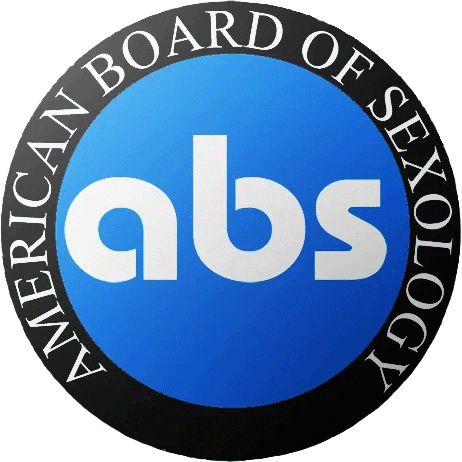Every one of your clients will arrive to their first session with their own personalized way of speaking about sex and sexual expression. Their distinct way of speaking is mixed in with how they might assume they’re supposed to communicate with their coach and influenced by personal factors like education, pop culture, and comfort level.
In a previous article, we explored these factors and when it is and isn’t in your client’s best interest to correct their language. This article will focus on some keywords that can be used to describe your client’s sexual experience and how nuances between them can expand or limit the possibilities of their journey.
A question that has gnawed at philosophers, psychologists, linguists, and neuroscientists alike is whether all human beings think in a similar way regardless of the language they use to convey their thoughts or if the language they speak affects the way they think.
As a sex coach, you must consider if the language a client uses regarding their sexual experiences hinders or enhances their exploration. For example, a quick internet search on the types of orgasms will reveal lists that range from 7 to 11 types of orgasms and counting! Without the verbiage to describe the different types, clients are limited in what they think is possible.
Did you know that your body can experience sexual excitement, arousal, bliss, enjoyment, pleasure, AND ecstasy and that they are all different? Before my sexological bodywork training, I would have used some of these words interchangeably. Let’s take a closer look at these words and see how they might fit into a client’s action plan.
Physiologically, besides feelings of great eagerness and enthusiasm, excitement is a gradual increase of neural firings in our nervous system while enjoyment is a gradual decrease of these neural firings. Additionally, you’ll also find sexual arousal as one of the definitions of excitement.
From a psychological perspective, sexual arousal is the body’s involuntary reaction to sexual thoughts or stimuli that prepare the body for possible intercourse. WAS defines sexual pleasure as the physical and/or psychological satisfaction and enjoyment derived from shared or solitary erotic experiences, including thoughts, fantasies, dreams, emotions, and feelings.
Bliss is a state of complete happiness or joy. When related to sexuality, it can refer to reaching blissed-out peaks during sex—reminiscent of frenzied moments on a concert floor—or the oxytocin that floods your post-coital body from increased levels of dopamine.
Regardless of whether a more scientific or suggestive explanation of these experiences is called for, it’s certainly valuable to explore them with your clients.
As a bodyworker, I came to understand pleasure as the interplay between both excitement or arousal and enjoyment or bliss.
Out of all of these, Barbara Carrellas in her book Urban Tantra: Sacred Sex for the Twenty-First Century reasons that ecstasy and bliss are actually bodiless. When you truly consider this, the boundaries of our sexual experiences suddenly widen and challenge the constructs of what is possible when considering the bodies that we are given.
Furthermore, Carrellas emphasizes that you can certainly experience pleasure without ecstasy and ecstasy without physical pleasure. It’s in these realizations that you can help clients really imagine their full potential as sexual beings.
So, what do we do with these variations?
There are many different reasons your client may be exploring alternative options of what they consider to be sexual intimacy with a partner or themselves. Giving them the words to describe their feelings and experiences is a powerful thing in terms of sexual enhancement.
Action-plan wise, the beautiful nuances can be explored and expanded through breathwork as they apply to the aspects of the MEBES® model.
One suggestion before diving into each of these definitions is to ask your client to try and describe each and what it might feel like to them. This would serve as a good meter to evaluate your client’s starting point.
Alternatively, when shame is involved, we can remind clients that comfort, pleasure, and ecstasy are all things that humans naturally seek from the moment we’re born.
For everyone, regardless of age, comfort is a state of well-being in the absence of pain, pleasure is the gratification of our physical needs and emotional desires, and ecstasy is an experience of intense contentment or inner joy.
Ecstasy is defined in the dictionary as “a state of exalted delight surpassing normal understanding” and “a state of emotion so intense that rational thought and self-control are obliterated.”
As your client’s journey continues, it’s important that you hold space for the way they’ve instinctually referred to their anatomy and sensations within their minds and bodies. At the same time, it’s important to add tools and descriptors to their language to expand their expression.
As a sex coach, you’ll benefit from staying up to date with the current trends of describing pleasure, new ones that crop up, and exploring ways of describing the ecstasy of everyday life that can be found in music, love, and spirituality.
Curious about training to become a Certified Sex Coach™? Join the next live Info Session to meet the SCU team and participate in a live Q&A!







